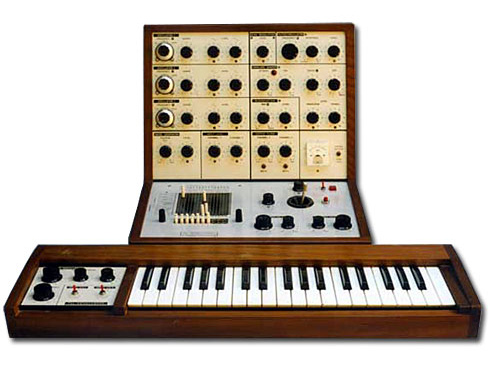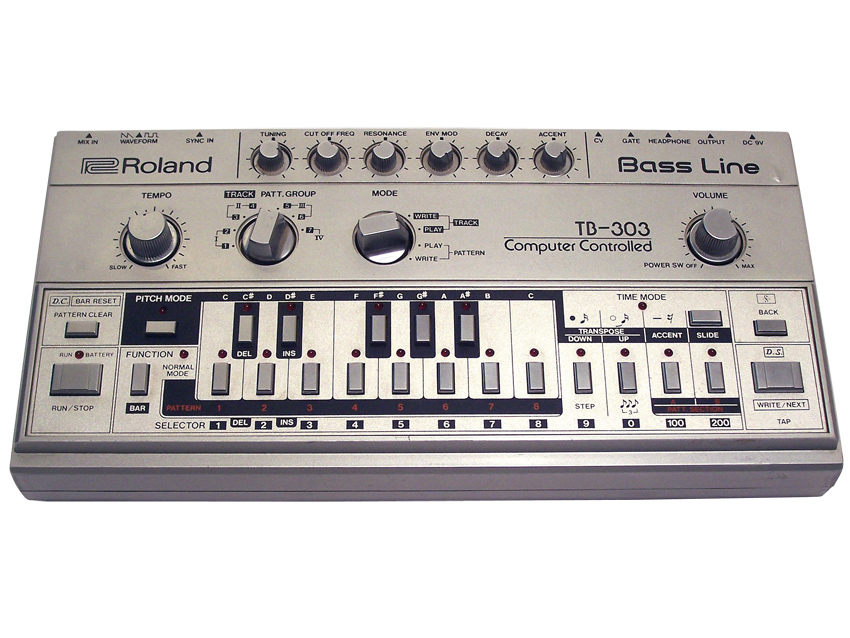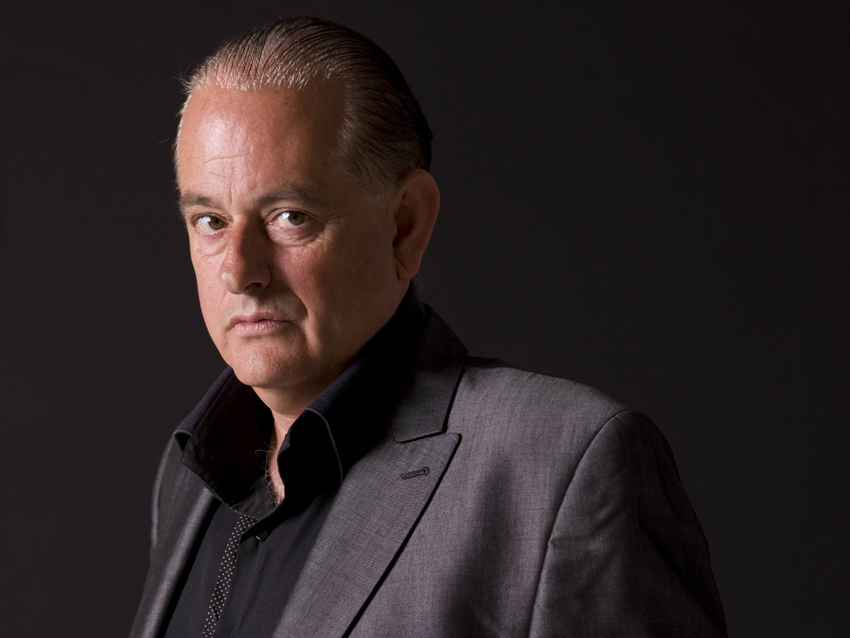
Ware's wares
Martyn Ware’s reputation as one of the great pioneers of synth pop was forged with his early ‘80s work with The Human League and Heaven 17. He’s also a respected producer and developer of a 3D surround sound technology.
More recently, he’s been the driving force behind the third British Electric Foundation (BEF) project. This has resulted in a new album, Dark, that features the likes of Kim Wilde, Kate JacksonofThe Long Blondesand Shingai Shoniwa from The Noisettes singing distinctive cover versions of songs by (among others) Stevie Wonder, Blondie and The Beach Boys.
MusicRadar wanted to take Martyn back through the decades and discover the synths that have inspired and entertained him throughout his long and distinguished career. What follows is his personal and occasionally surprising list of favourites.
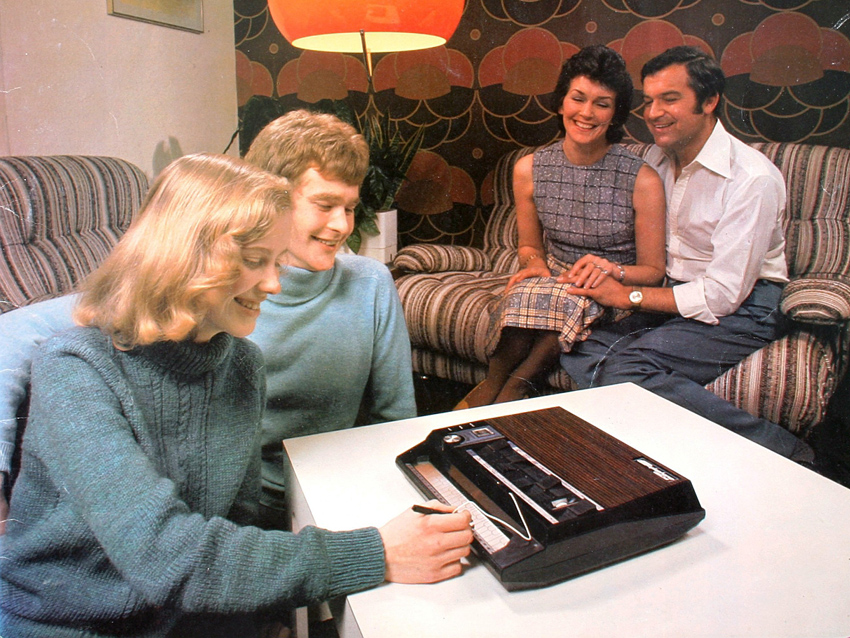
Dual Stylus Stylophone 350S
“It had an optical wah-wah. That was the first thing, when I was first messing around at being in bands with Glenn [Gregory] and Ian [Craig Marsh] and other people, and pretending really.
“That was the first proto-synth that was affordable and available. So that had a big influence on me. I wish I still had it to be honest... I bet there’s one on eBay somewhere.”

Korg MiniKorg-700s
“The first real synth I bought was the Korg 700s, which is monophonic and was frankly a game-changer for me because I fell in love with the fatness and the strangeness of the sounds and the extremity of the filters.
“I didn’t have anything to judge it against at the time, I suppose, but I just loved the sounds you could create with it.
“It was the first affordable synth that came into the music store that I used to go to in Sheffield - which is still there I believe - called musical Sounds. I think it was about £350. I remember I’d just started learning to drive and I thought ‘Well, either I buy some second-hand old banger and learn to drive properly or I buy this synth’. So I did that. But even then I bought it on higher purchase as I was skint at the time.”
“That really defined a large part of the sound of the group before the Human League, which was called The Future, and also early Human League stuff.”
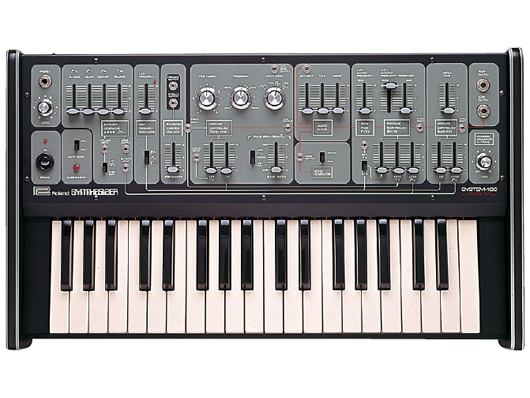
Roland System 100
“Originally, Ian Marsh bought one, but we used it on everything as it was the only way we could really create rhythms. It was the first modular synth that we ever had.
“Using that synth taught us how to program both additive and subtractive synthesis. It taught us how to mould electronic sounds. So, I always say to people that approaching the music business from this perspective - learning the electronics of that first instrument - that’s what gave me my perspective for my whole career, and allowed me to have such a long career, really.”
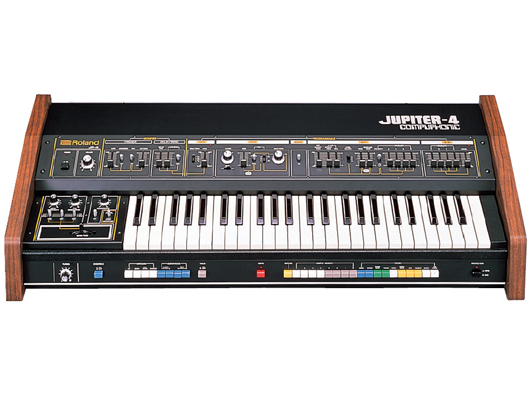
Roland Jupiter-4
“When we first signed to Virgin we had a little bit of money in the bank to build a small studio and to buy some new instruments, and that was just the time when the Jupiter-4 came out.
“I remember saying to Bob Last, who was our manager at the time, ‘This is my dream machine; there will never be another synth that’s so significant in my life as this’.
“Of course, you had the ease of use of all the sliders for the ADSRs and filters, but mainly it was the arpeggiation that was so beautiful and amazing. We take all that for granted these days, but it was still quite an unusual thing in those days. That’s what enabled us to create loads of shimmering textures.
“There’s a [Human League] track called WXJL Tonight, on Travelogue, which is basically major sixth chords jumping around all over the place on the fastest arpeggiation setting possible, with quite a long release. In other words, the arpeggiation blended into these amazing shimmering sounds, which I personally had never heard anything like before.
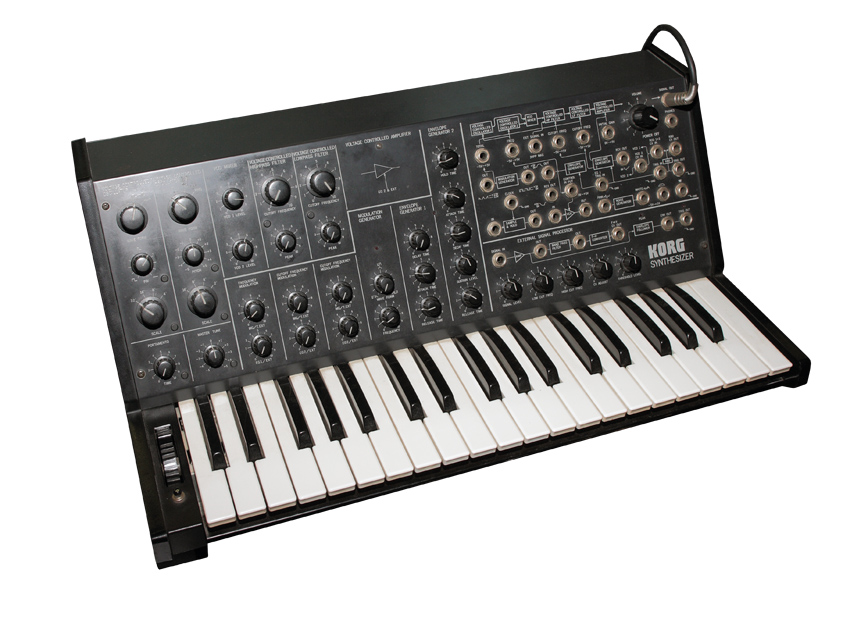
Korg MS-20
“I loved the roughness of it and the kind of graininess you could get out of it. And the fatness. It was the first synth that led me down the path of thinking it would be great if you could treat synths more like the guitar; could you get away with putting them through pedals and fuzzing them up?
“We ended up using that kind of stuff a lot on Travelougue in particular. Although we used to do it by overloading the preamps on the desk - to get those distorted sounds.
“Even though I never actually owned an MS-20, I knew a couple of people who had them. And when I produced Vince [Clarke], and had the chance to hang around his studio, I got to know it really well.”
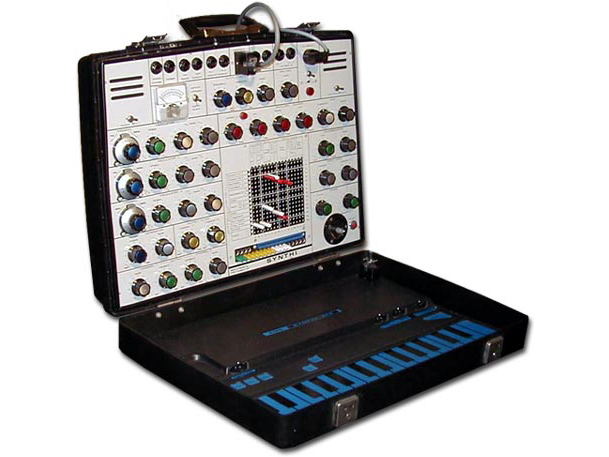
EMS Synthi AKS
“The suitcase synth. I was in a band called The Future with Adi Newton, who went on to form Clock DVA, and he used to have one of these. You couldn’t get anything sensible out of it to be honest, but what a fantastic looking machine! It’s a thing of beauty - an artwork.
“I loved the wild and crazy sounds you could get out of it… in a really abstract sort of way.”
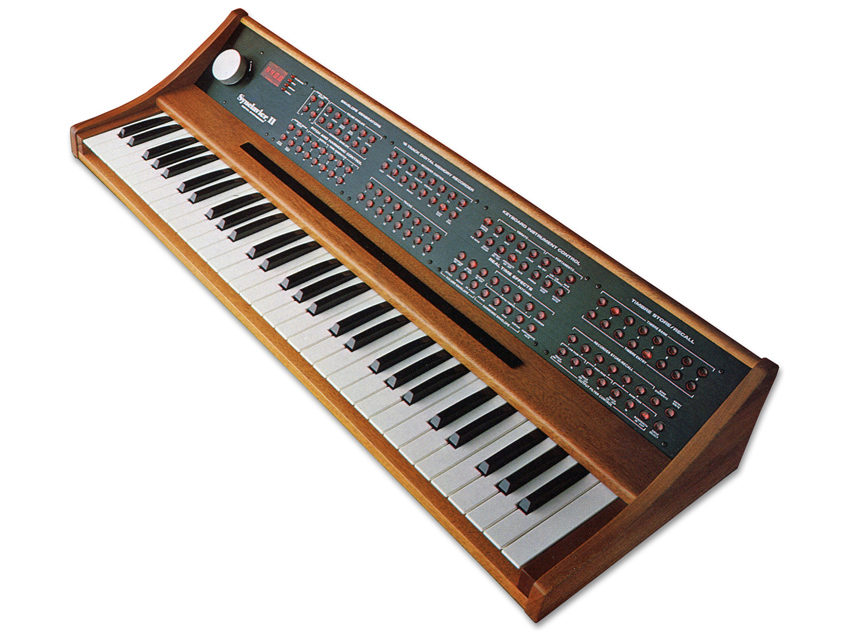
New England Digital Synclavia
“Going off piste a little, I’m going to go with the Synclavia. While I never owned one, I think it kind of broke the mould for me. I know it’s a hybrid of a synthesizer and a sampler really, but it was beautifully designed and I really loved the functionality of it. It really opened my mind to certain possibilities.
“We used to have a Fairlight, which was frankly rubbish! It was very expensive and looked great, but apart from a few middling string sounds and things like that it was quite terrible, whereas the Synclavia was a different level of hi-fi really.
“I used one on my first ever third-party production, which believe it or not was for Hot Gossip. I used it on a Sting-written tune called I Burn For You. I did a string arrangement on it which now sounds banal, but in those days, it was cutting-edge to use sampled strings like that.”
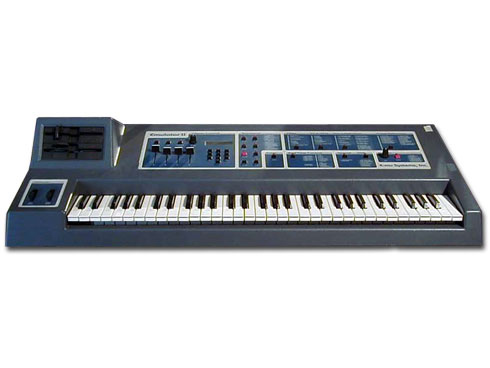
E-MU Emulator II
“The Emulator II was my workhorse for three or four years with Heaven 17. I used it all the time and I really loved the sample library.
“It was the first synth-meets-sampler to have floppy disks - big proper floppy discs! And then I bought an optical drive, which was £3000! Just to play CDs on!
“Crazy, isn’t it? It shows how much money there was floating around in the ‘80s compared to now.”
“Anyway, the logistic and design considerations for the Emulator II, and the way you could manipulate sounds and store them digitally, was just beautiful. It was like a hybrid of all the knobs that you needed, with not too much multi-function button stuff going on.
“I still think to this day, if I’d still got it, I think I’d probably still use it for certain things. It had some great samples. In fact, what I’ve done is, I’ve got the original CD sample libraries and I’ve managed to convert them.”
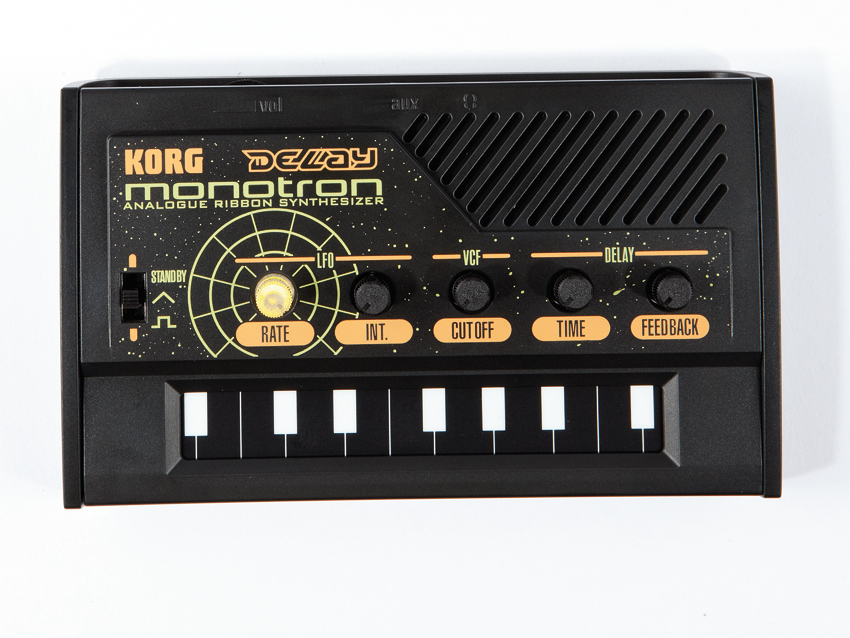
Korg Monotron Delay
“As a nod towards things happening now I’ll pick the Korg Monotron Delay. It’s just a fantastic toy, but if you ever plug one in and hear it properly, it’s a fantastic sounding device.
“I take my hat off to Korg, as I think it’s an inspired piece of bravery on their part. It’s really harking back to how things used to sound back in the day; even the delay on it is just superb, with just the right amount of degradation. It almost sounds more like a Watkins Copicat than a digital delay.”
I'm the Managing Editor of Music Technology at MusicRadar and former Editor-in-Chief of Future Music, Computer Music and Electronic Musician. I've been messing around with music tech in various forms for over two decades. I've also spent the last 10 years forgetting how to play guitar. Find me in the chillout room at raves complaining that it's past my bedtime.
